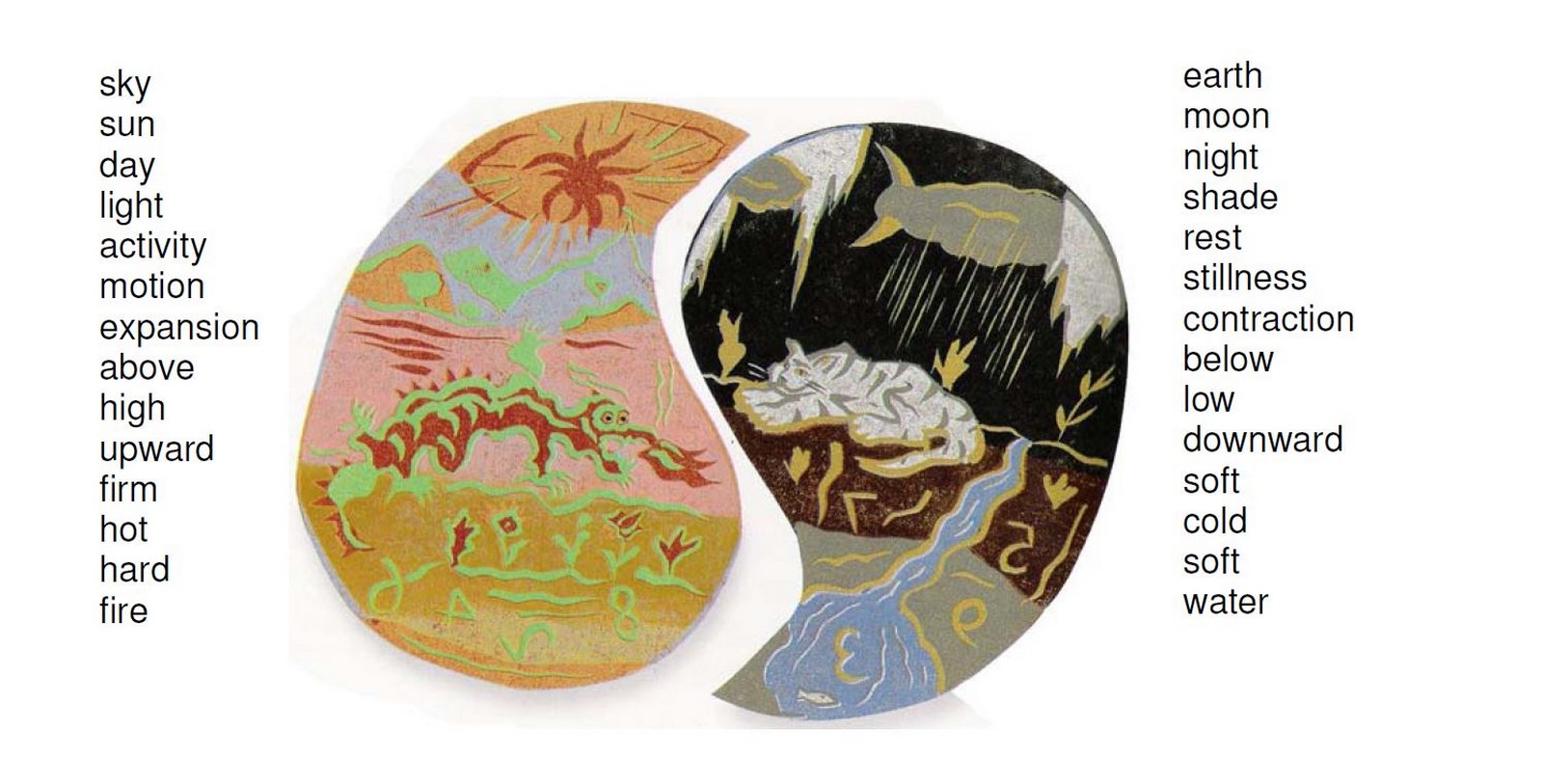How Does Architecture Incorporate Principles Of Feng Shui And Spatial Harmony?

Feng Shui is an ancient Chinese practice of using energy forces to create a harmonious environment. Architects must understand these principles as they design buildings and spaces that promote well-being and sustainability. Applying Feng Shui principles will help architects create spaces that are not only aesthetically pleasing but also foster positive energy and healthy experiences for the occupants. Below are several Feng Shui principles that architects must know.
1. Balance and Symmetry
One of the fundamental Feng Shui principles is balance and symmetry. Architects should aim to balance the design in terms of size, placement, and location of various elements to create a harmonious space. Symmetry, on the other hand, helps create a sense of stability and order. When designing a building or space, it is important to achieve balance and symmetry not only in the placement of physical elements but also in the use of colors, textures, and materials.
2. Natural Light and Ventilation
Incorporating natural lighting and ventilation into building designs is crucial in promoting good Feng Shui. Natural lighting creates a positive energy flow, brightens up the space, and supports the circadian rhythm of the occupants. On the other hand, natural ventilation improves air quality, temperature control, and creates a healthy environment. Architects must design spaces that allow natural light and air to freely flow in and out of the space.
3. Colors and Materials
Colors and materials play a significant role in Feng Shui principles. Colors represent various energy forces and have different meanings in Feng Shui. For instance, red represents passion, energy, and excitement while blue represents calmness and tranquility. Architects must carefully select colors to create a harmonious and balanced environment that promotes the well-being of the occupants.
The materials used in building designs also have different energy vibrations. Natural materials such as wood, stone, and bamboo, emit positive energy that promotes a sense of well-being. Metallic elements such as steel, aluminum, and iron, on the other hand, emit negative energy, which can create an imbalance in the space. Architects must choose building materials that align with the principles of Feng Shui and promote positive energy flow.
4. Clutter-free Spaces
Clutter is an obstacle to good Feng Shui. Architects must design spaces that are open, uncluttered, and free from obstacles. By eliminating clutter, architects create space for positive energy flow and promote the well-being of the occupants. Spaces that are clutter-free create a sense of calmness and order, which positively impacts the occupants' mental and emotional state.
5. Building Orientation and Design
The shape and orientation of a building play a crucial role in promoting good Feng Shui. Architects must ensure that the building's orientation aligns with the cardinal directions and that the design of the building is in harmony with the surrounding environment. A building that is designed with good Feng Shui principles creates a positive energy flow, promotes well-being, and creates harmony with the environment.
6. Multi-Functional Spaces
Feng Shui principles emphasize the use of multi-functional spaces. Architects must design spaces that are flexible and can adapt to different uses. Multi-functional spaces create a sense of openness and create a flow of positive energy. These types of spaces promote productivity, creativity, and collaboration among occupants.
7. Water Features
Water features such as fountains, waterfalls, and ponds are common in Feng Shui designs. Water is a symbol of abundance, wealth, and prosperity. Architects can incorporate water features in building designs to create a sense of calmness, balance, and abundance. The sound of water creates a positive energy flow, which contributes to the well-being of the occupants.
8. Landscape Design
Landscape design is an integral part of Feng Shui principles. Architects must consider the landscape in building designs and create a harmonious relationship between the building and the surrounding environment. Plants and trees contribute to the positive energy flow and promote the well-being of the occupants. The landscape design must also incorporate pathways that create a flow of positive energy.
FAQs
Q. What is the significance of balance and symmetry in Feng Shui?
A. Balance and symmetry are fundamental principles of Feng Shui. They create a sense of order and stability in the space, promoting well-being and positive energy flow among occupants.
Q. Why is natural light and ventilation important in Feng Shui?
A. Natural light and ventilation create a sense of openness, promote healthy energy flow, and contribute to the well-being of the occupants in the space.
Q. How does clutter affect Feng Shui?
A. Clutter is an obstacle to good Feng Shui. It hinders positive energy flow and negatively impacts the mental and emotional state of the occupants in the space.
Q. What is the significance of water features in Feng Shui?
A. Water features such as fountains, waterfalls, and ponds are symbols of abundance, wealth, and prosperity. They create a sense of calmness, balance, and abundance in the space, promoting the well-being of the occupants.
Q. Why is landscape design important in Feng Shui?
A. Landscape design is integral to creating harmonious relationships between the building and the surrounding environment. Plants and trees contribute to positive energy flow and promote the well-being of the occupants in the space.
In conclusion, understanding the principles of Feng Shui is crucial for architects as they design buildings and spaces that promote positive energy flow, well-being, and sustainability. By incorporating Feng Shui principles into building designs, architects create spaces that foster healthy experiences for the occupants, promote productivity, creativity, and collaboration, and promote balance and harmony with the environment.




Post a Comment for "How Does Architecture Incorporate Principles Of Feng Shui And Spatial Harmony?"